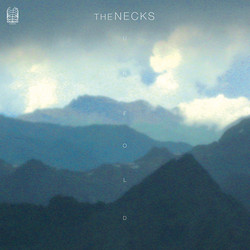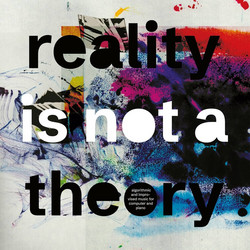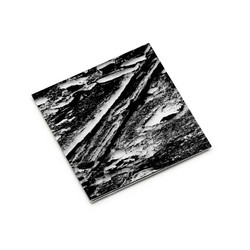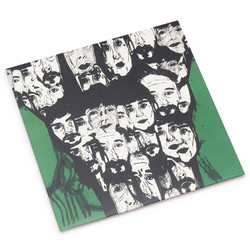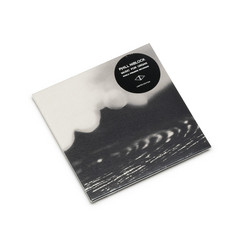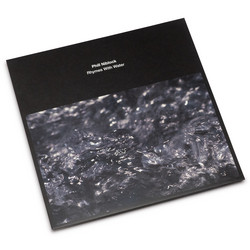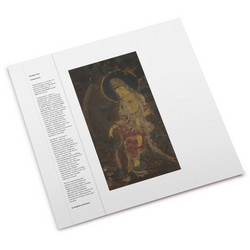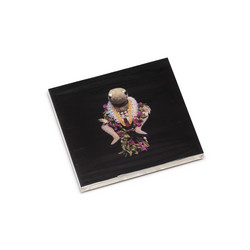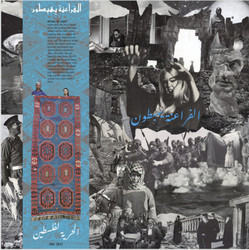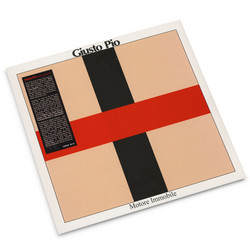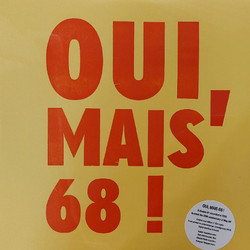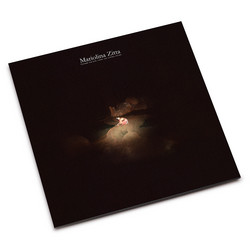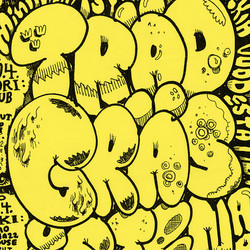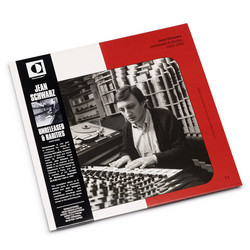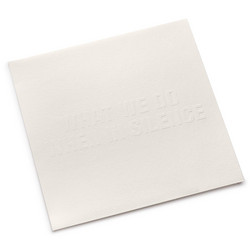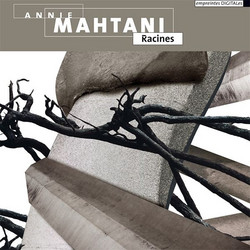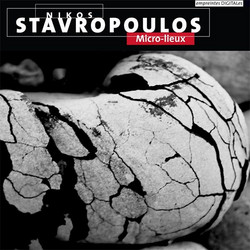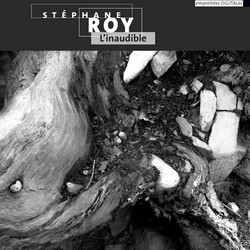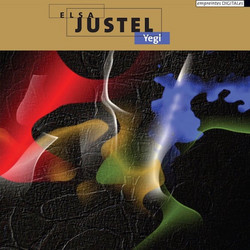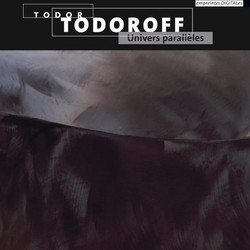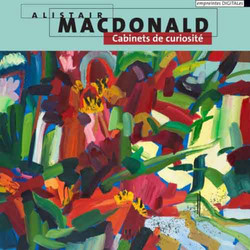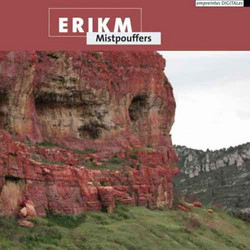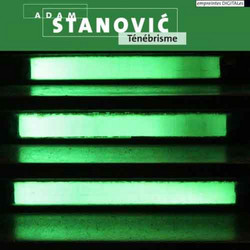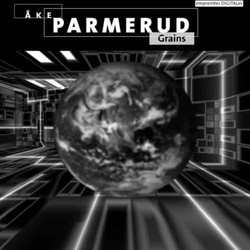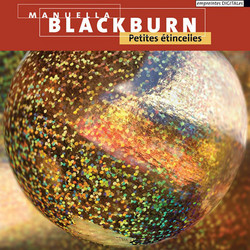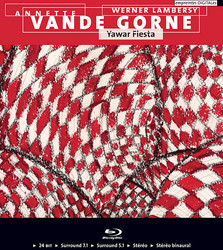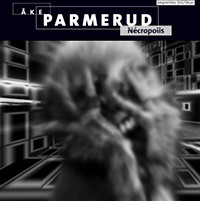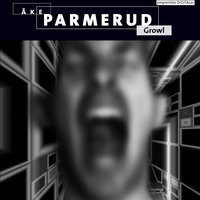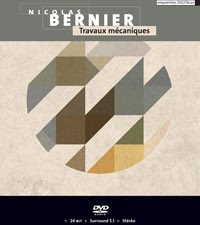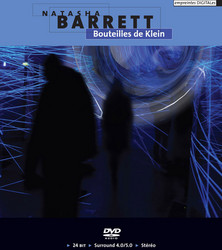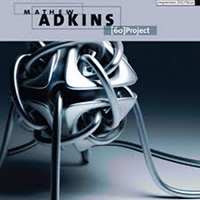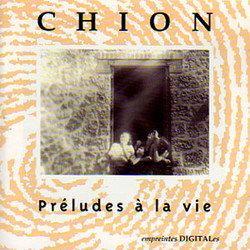Paul DOLDEN
Histoires d'histoire
“Music of Another Present Era” (2013-16), stereo tape. Music of Another Present Era plays freely with our ability to imagine another time and culture. At the same time, it recognizes that this historical imagining is necessarily conditioned by our own time and place. We do not know exactly what ancient music sounded like, as we are left with only inaudible details such as the microtonal scales that were used. This work appropriates a number of these ancient tuning systems to create a sense of the past within our present era. While the music of ancient times can at best only be approximated, stories and myths have been passed down for generations that can further illuminate the past while still speaking to us now. These stories stimulated my musical imagination, bridging past and present, a pilgrimage through musical time and place. This is not a programmatic work, instead these stories appear in the music metaphorically. This metaphoric use of myths is so that the musical content be recognized without it being diminished or reduced, as often occurs in programmatic music in which the musical content threatens to vanish behind an unequivocal verbal interpretation. In other words, as the group of late 20th century philosophers known as Guns N’ Roses said: “use your illusion.”
“BeBop Baghdad” (2013), electric guitar, and stereo tape. Maurizio Grandinetti, electric guitar. Many guitarists cut their musical teeth via jamming. With players taking turns soloing and sensitively backing up the other soloists, it remains the ideal forum to display your chops and pick up new tricks through careful listening. BeBop Baghdad is a fantasy based on the jam session. A live guitarist solos through most of the work, while a room full of musical playmates is simulated by a pre-recorded tape part. Like in a live jam session, musical styles can quickly change on a player’s whim, and the musicians must remain alert to follow the flow. In the first half of BeBop Baghdad, the soloist is surrounded by free-jazz style reeds, winds and brass. In the second half the soloist is supported and challenged by a rhythm section that hops from a Latin music club to a Nashville Country music stage, and from a New York City jazz club to a suburban basement seething with speed metal. Surprisingly, every locale is visited by an ensemble of Arabian musicians, lending an exotic flavor and further testing the soloist's abilities. Fortunately, our guitar hero has just returned from a tour of Iraq, where he was swinging, rocking and trilling with the locals. The recurring themes based on Arabic scales lend continuity to BeBop Baghdad through the wildly shifting scenes.
“Show Tunes in Samarian Starlight” (2012), B-flat trumpet, and stereo tape. Lukasz Gothszalk, B-flat trumpet. The work plays freely with our historical imagination, specifically, our ability to imagine another time and culture. At the same time, this imagining is always conditioned by our own time. We know the microtonal scales used by many ancient cultures. However we have no idea of how they were used or what the music sounded like. Show Tunes in Samarian Starlight appropriates a number of ancient scales to create a musical fantasy of ‘show tunes’ and ‘nightclub music’ for ancient times. The work is based on the same melodies recreated in different tuning systems. These fluctuate between two musical moods — plaintive and calm, like a ballad, and energized, like a rock, swing, or Latin groove. Similarly, the structure of the work fluctuates between the microtonality of an imagined past and our modern tuning system.





